From one perspective, the history of the Carl Cherry Center for the Arts is really a love story. By 1915, the cultural life of Carmel was dominated by George Sterling and Mary Austin. Their group included Jack London, Sinclair Lewis, Gertrude Atherton and, later, Robinson Jeffers and Edward Weston. In 1920, at the suggestion of artist Martin Hardsley, Lena Yates (Mrs. Carl Cherry) moved to Carmel. Later, known as Jeanne D’Orge, Mrs. Cherry was a pioneering modernist poet, an extraordinary painter and a longtime patron of the arts.
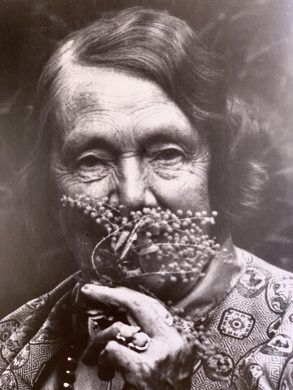
Jeanne D'Orge (Mrs. Carl Cherry)
Born Lena Yates in Stockport, Cheshire, England in 1877, Jeanne D’Orge spent her childhood in Edinburgh, London and Paris, France. In Europe, she was a published poet and playwright by age twenty. Her book of verse, Voice in the Circle, recounts fragments from her childhood. In 1906, while on a walking tour of France, she met Alfred Burton, the distinguished American geographer and Dean of M.I.T. They married not long after.
After arriving in the United States, D’Orge became associated with “The Others,” a group of modernist poets the included Marianne Moore, William Carlos Williams, and Wallace Stevens. In 1916, she made her debut as Jeanne D’Orge in The Little Review. Her poetry most often appeared in Others, the magazine founded by Alfred Kreymborg and the great art connoisseur, Walter C. Arensberg. She later published award-winning verse, including the “Lobos” poems of Scribners magazine. William Carlos Williams referred to her work as “poems of understanding and disarming technical skill.”
Jeanne D’Orge’s interests in the arts were also passed on to her children: One daughter, Virginia Lee Burton, became one of America’s greatest artists of children’s books and wrote the still-popular Mike Mulligan and the Steam Shovel and The Little Red House. Her other daughter, Christine, became a dancer and toured with the Fred Allen Company.
It was during this period that D’Orge met Carl Cherry, a former M.I.T. student and inventor with a special interest in mechanical toys. Despite the fact that Cherry was twenty-four years her junior, the same age difference that divided her from her older husband, D’Orge left her family to live, and finally marry, Carl. At the time, this was an extraordinary thing to do.
When Carl Cherry arrived in Carmel, he was already working on several inventions, including the “Cherry Rivet,” a self-sealing “blind” rivet that would revolutionize the course of aerial warfare and brought him a fortune in the 1940s. Tragically, Carl Cherry died in 1947 at the age of forty-six.
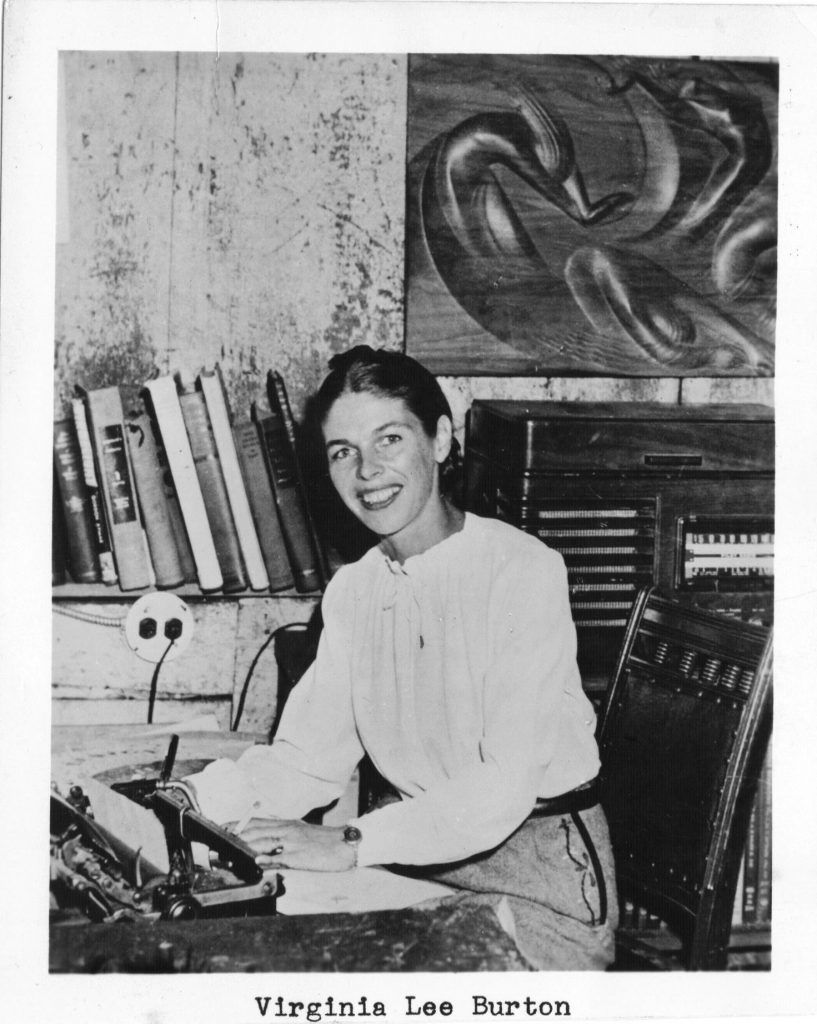
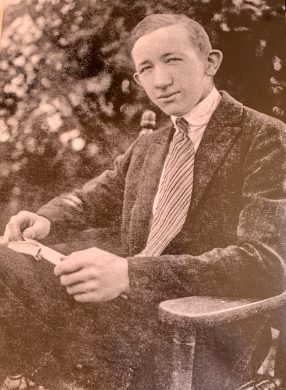
Carl Cherry
Before his death, Cherry encouraged his wife to take up painting. At age fifty-four, D’Orge’s initial response to the suggestion was purported to be “but Carl, I’m NO good on a ladder.” For nearly thirty years, her mediums were as diverse as her output was prolific. Painters canvas would often be too expensive for the Cherrys in the early years, so Mrs. Cherry would paint on anything she could get her hands on—starting with tablecloths and cookie tins and progressing to window shades, canvas, wood, metal and stone.
In describing her work, a Santa Barbara Museum of Art curator wrote of her 1957 exhibit there: “Jeanne D’Orge is a nonconformist in painting as well as poetry. Her work cannot be easily classified. It fits no label, past, present–academic, surrealistic or abstractionist. It is pure invention.”
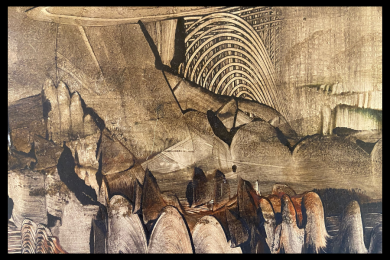
Untitled - Jeanne D'Orge

Untitled - Jeanne D'Orge
Mrs. Cherry, although sometimes feisty and eccentric, was known as a warm, compassionate individual. She sometimes appeared at formal events in floor-length Chinese gowns, beaded headbands and paint-spattered tennis shoes. As with a number of other artists, photographers and painters, Point Lobos had a great power for D’Orge. In 1923, Cornelius Botke asked D’Orge to write a poem to accompany his illustrations for Scribners’s magazine.
“Day after day for six weeks before I wrote a word perched on the top of rock and letting the elements mount up in me,” D’Orge wrote. She went on to publish a chapbook of poetry titled “Lobos” and later a series of paintings devoted to the Point Lobos landscape.
In 1948, she established the Cherry Foundation with the proceeds from her husband’s inventions. Located in the deeply wooded northeast section of Carmel, the facility was lively with children’s musical programs, creative writing workshops, dance recitals, crafts and an engineering shop, which is now Cherry Hall Theater. Throughout her time in Carmel, she was interested in establishing links between the arts and sciences.
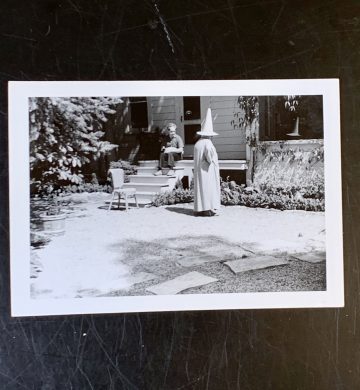
Mrs. Cherry Dressed to Impress
“There are no strings attached to the help we give. We don’t care whether those we help become famous or not.
Our reward is in making it possible for an artist to be true to himself.” – Jeanne D’Orge

